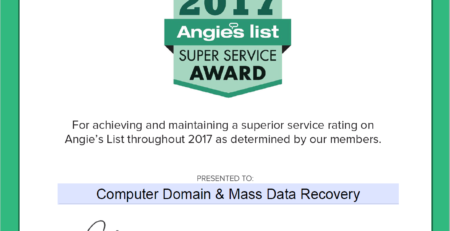Is it Time to Retire That Program? Here’s How to Tell for Sure
Your business has likely been using the same set of applications for some time. Perhaps since the day you started, a long time ago. While you’ve been replacing computers and devices regularly to maintain your competitive advantage, the standard installation has remained largely the same. The programs do the job and everyone knows how to use them, so why upgrade? In some cases, it’s completely fine to keep that legacy program.
However, there are some aspects you should consider:
Support Available
Occasionally, and more frequently with software from smaller developers, the author has moved on from supporting the program. Perhaps they’ve closed the business, sold it, or pivoted directions completely. Either way, they’re no longer interested in helping you get the best from the program. Every time your employees come up against a problem they have nowhere to turn and productivity takes a hit as they try and come up with a workaround. Meanwhile, you run the risk that it could suddenly stop working after a Windows update, begin clashing with other essential software, or even create gaping holes in your security. As you are aware, even the bigger companies like Microsoft stop supporting software after a while, as they have with earlier versions of Windows. Having support available to both assist and protect is a huge asset to your business.
Hardware Compatibility
Imagine picking up a brand-new computer and trying to insert a 5 ¼ floppy disk – that’s the 1980s retro square ones bigger than your hand – it doesn’t matter how effective that program will be, modern technology simply has no idea what to do with it. Thanks to the rapid advancement of computer hardware, you may find a simple component refresh leaves your legacy program completely incompatible. The latest CPU that’s supposed to speed things up suddenly brings your entire business to a standstill, purely because it’s too advanced. Many owners work around this by keeping some older systems running exclusively for that program, but as the classic hardware fails, you may find yourself struggling to find replacement parts or technicians able to install them.
Security Vulnerabilities
Broadly speaking, the longer a program has been around, the longer hackers have had to discover its weaknesses. It could be a flaw in the program itself, or in the operating system that runs it. For example, the application may only run on Windows XP, but Windows XP is one of the earlier versions that Microsoft has stopped supporting. As the older operating systems and programs aren’t being patched, cyber criminals pour more energy into finding flaws they can exploit. It’s open season in their minds, and a free ticket to all your connected systems. It’s how hospitals across the UK found themselves infected with ransomware last year, simply because they were running programs with known weaknesses.
As it’s not always feasible to replace a program immediately, we can help you run it on a virtual machine. That is, running the older operating system or program from within another program. You’ll have increased security, an element of support and a strong backup system while you work to find a replacement program. These types of solutions are very specialized and resource hungry though, so let us know if you need help. The other option is to migrate to a new program that does what you want, and is supported, hardware compatible and secure. If you’ve been running the old program for some time, this may feel quite daunting at first. Before you rule it out, keep in mind you’ll also be gaining the benefits of faster software, more integrated processes and a highly flexible system.
Need to talk through your options? Give us a call at 781-686-1099












